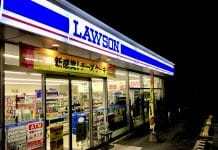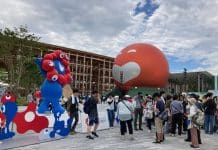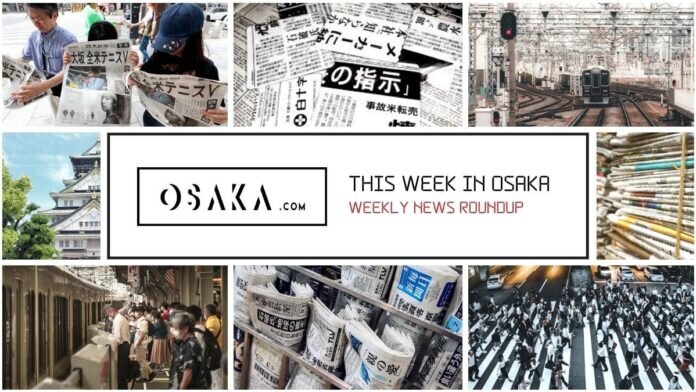
Each week, here at Osaka.com, we bring you a selection of some of the top stories about Osaka making the local and national news here in Japan. Sometimes it’s serious, sometimes it’s funny, but it’s always direct to you, from Osaka. Abenomask
Here’s a look at some of the stories hitting the headlines in Osaka this week.
Table of Contents
Osaka Court Accepts “Abenomask” Lawsuit
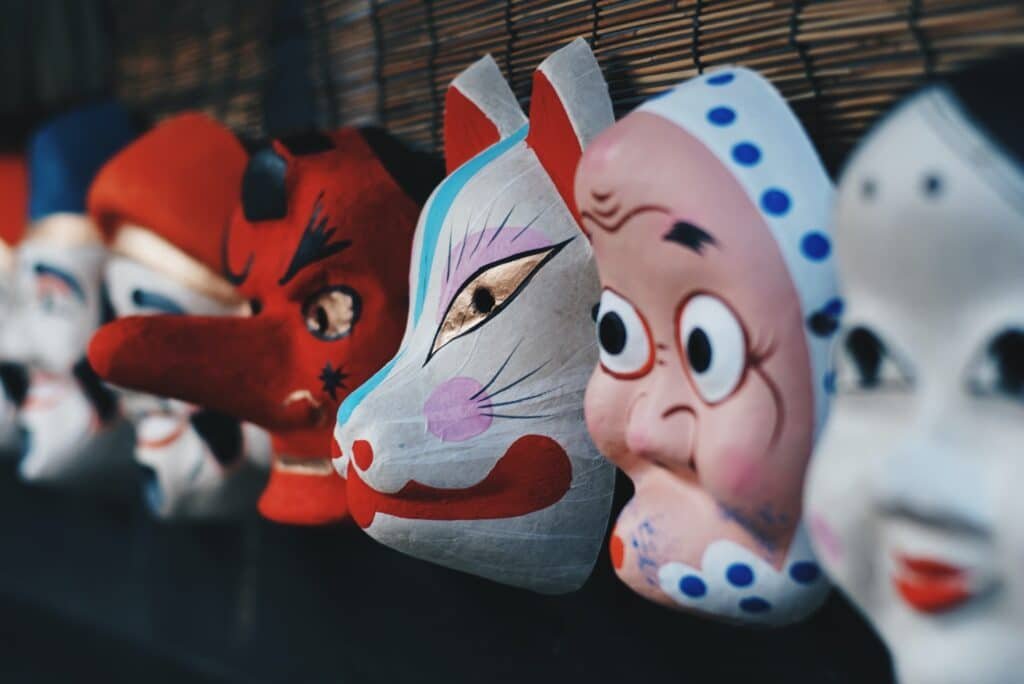
The Osaka District Court found itself at the center of a nationwide controversy this week.
A local university professor filed a lawsuit demanding greater government transparency. It demands that the government discloses the full costs involved in former Prime Minister Shinzo Abe’s much-maligned “Abenomask” scheme. The scheme involved sending cloth face masks to every household in Japan.
Hiroshi Kamiwaki, a law professor at Kobe Gakuin University, in neighboring Hyogo Prefecture, filed papers on Monday.
In his submissions, Professor Kamiwaki demands that the government disclose the price per unit of each of these “Abenomasks”. The lawsuit also orders that the government disclose how many “Abenomasks” they ordered from each of the contractors involved.
The professor asserts that it is unreasonable for the government to withhold this information. He further elaborated that by keeping this information secret, the government “prevents discussion of the appropriateness of the policy”.
Abenomasks Mocked
The “Abenomask” scheme proved unpopular among many citizens, with the primary concern being whether it was cost-effective. Many feel that the money wasted on “Abenomasks” should go towards supporting small business and poorer families.
The phrase “Abenomask” is a play on the former PM’s much-touted “Abenomic” economic policy platform. The project involved sending two reusable cloth facemasks to every household, regardless of the number of occupants.
However the scheme came in for criticism from both experts and the general public when it launched earlier this year.
The “Abenomasks” were too small for most adult citizens to wear comfortably, and many arrived damaged or dirty.
Experts also urged citizens to use the safer and more comfortable single use surgical type masks. Not only do these masks fit better, but they are also far more effective at filtering out respiratory droplets. Research suggests that these droplets, which we exhale, are the primary transmission method for Wuhan coronavirus.
For some of Japan’s populace, the “Abenomask” defines what many see as the government’s inadequate handling of Wuhan coronavirus.
Wage Increase “Doesn’t Go Far Enough”
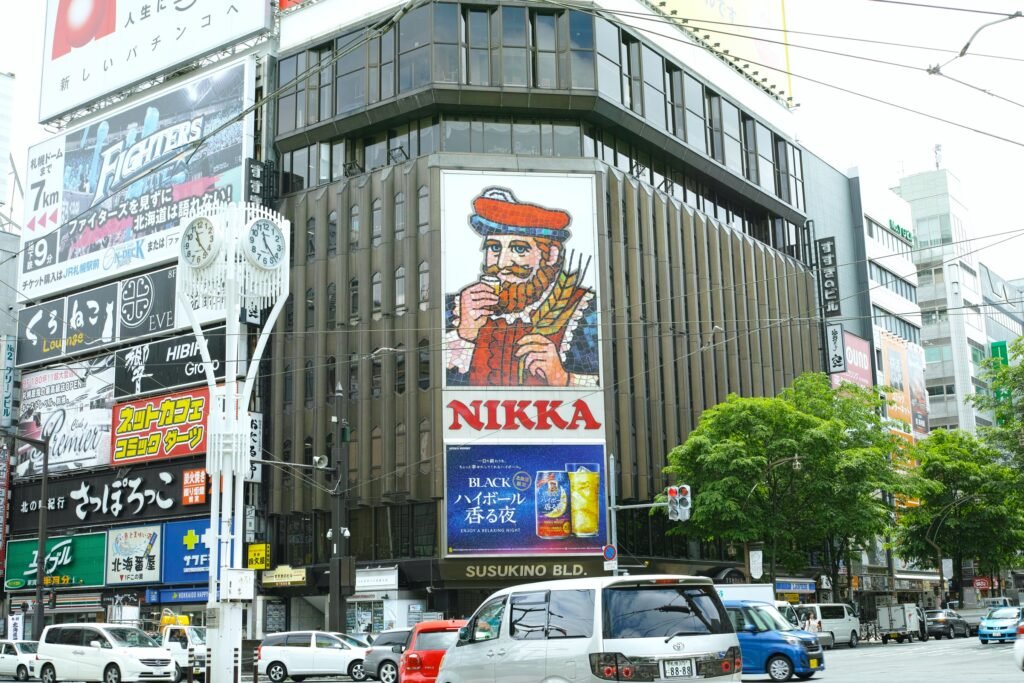
There’s good news and bad news for consumers in Osaka this week.
As part of a national review of wages, the minimum hourly wage in Osaka Prefecture will increase to 965 yen. This represents a 1 yen per hour increase.
However, many consumers are feeling short-changed. The prices of many everyday items such as NHK TV subscriptions, certain food and drinks and tobacco products will also increase. Some increases are as high as 100 yen per unit.
Coupled with a decrease in government support for low-income earners, many commentators worry that these changes could further exacerbate current inequalities in Japanese society.
Meanwhile, an ongoing campaign all across Japan continues to demand a drastic overhaul of the minimum wage. Chief among their demands is a government mandated national minimum wage of at least 1,000 yen per hour. Workers unions however, believe that the wage should be much higher, around 1500 yen per hour, in line with the “living wage”.
Rather than basic survival, the living wage takes account of how much a person needs to live a self-sustaining life. It aims to empower poorer people to live without the need for government assistance.
Japan differs from many other countries in that there is no “national minimum wage” as such. Wages are determined by local governments at the prefectural level. Naturally, the highest wages are in Tokyo, the most populous area of Japan. Conversely, the lowest are in Okinawa, the most sparsely populated prefecture.
And Finally…
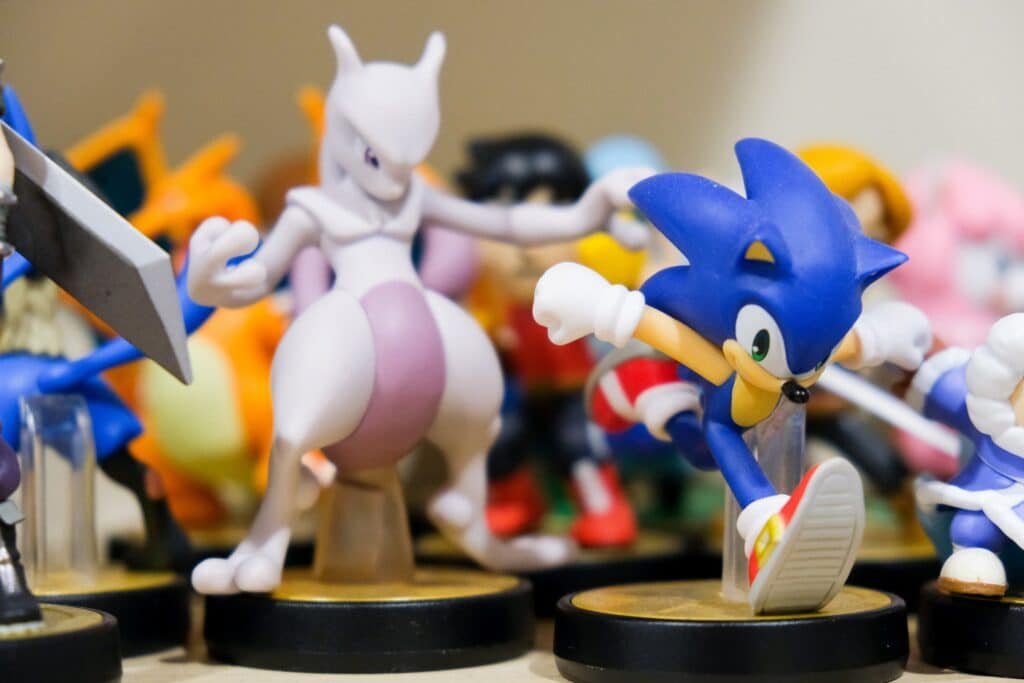
The mean streets of Osaka look set to play a major role in the movies once again.
This week, gaming giant SEGA Corporation, announced that a live-action adaptation of their hugely popular “Yakuza” game series has moved into pre-production. US-based production companies 1212 Entertainment and Wild Sheep will oversee the making of the movie.
Known in Japan as “Ryu Ga Gyotoku” the Yakuza series spans 7 mainline games, and numerous spin-offs and remakes. It debuted on Sony’s Playstation 2 console back in 2005.
The events of the games take place between two fictional, hyper-realistic districts of Tokyo and Osaka. “Kamurocho” is the virtual stand-in for Tokyo’s Kabukicho with “Sotombori” a similar analogue to Osaka’s Dotombori nightlife district. In more recent entries, Okinawa and the city of Onomichi in Hiroshima Prefecture have also been added to the game world.
Fans Express Caution
Fans however are divided on whether a Hollywood adaptation of such a quintessentially Japanese series is a good idea.
The likes of Sonic the Hedgehog, Detective Pikachu, and my personal favorite, Mortal Kombat show that video games can be adapted into entertaining movies. However, to say that video game movies are a mixed bag is being generous. Some efforts rank among the worst movies ever made.
Japanese gamers in particular are still sore from the awful Dragonball Evolution, which came out in 2009. Also, many still haven’t forgiven Osaka developers Capcom for greenlighting the Jean-Claude Van Damme vehicle, Street Fighter, in 1994. Though personally, I think that movie has a certain “so bad its good” quality to it.
Yakuza fans also cite the fact that the game already has a movie adaption, by prolific Japanese director Takashi Miike. “Ryu Ga Gotoku” came out in 2006. Considering how badly Hollywood botched the remake of one of modern Asian cinema’s great masterpieces “Oldboy” a few years ago, fan concerns certainly have some merit.
Let’s just hope Hollywood learns from its mistakes and doesn’t attempt whitewash the series’ protagonist Kazuma Kiryu.
Still, with more than 15 years of lore to draw from, done right, a Yakuza movie could be the surprise hit of 2022.
Only time will tell.
That’s all for now but be sure to check back again same time next week for another round of this week in Osaka!









